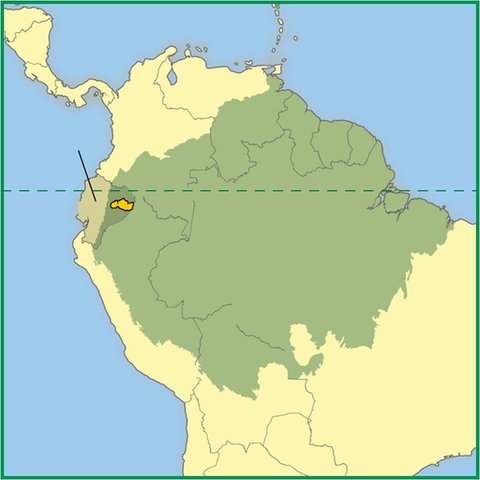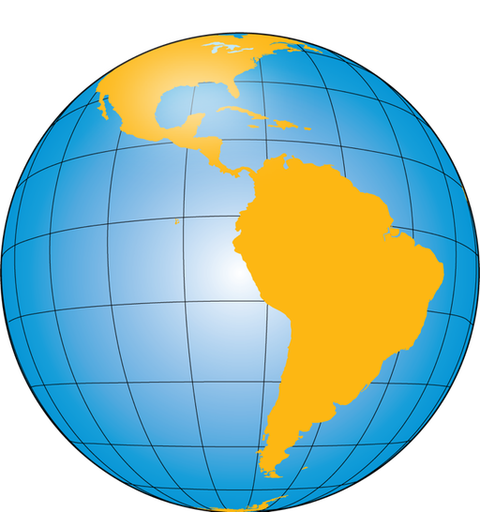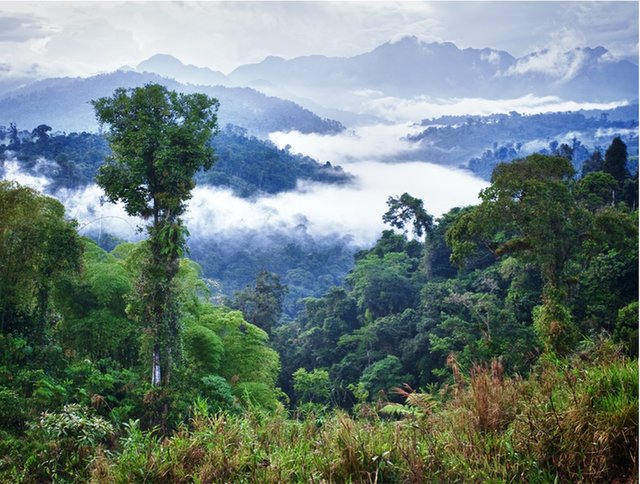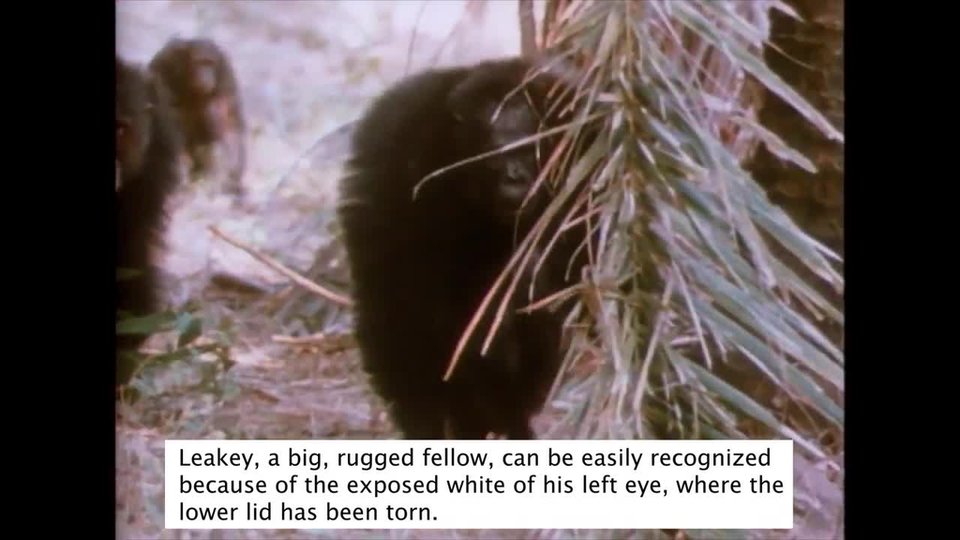
NemonteNenquimostoodunderharshflorescentlightsinacrowdedcourtroominPuyo,Ecuador.Shewaswearingredfacepaintandacrownoffeathers.Elderscarryingspearsandlargeleavesstoodbesideher.Judgessatatatableinfrontofthem,withlawyersoneither side.
NenquimoisamemberoftheWaoranination.Forcenturies,theWaoranihavelivedintherainforestsofEcuador.Now,in2019,theyhadjourneyedtothecityofPuyotofightfortheirculture.Withouttheirpermission,theEcuadorangovernmenthaddivideduptheWaorani’sland.Theywantedtoauctionitofftooilcompanieswhowoulddrill there.



NemonteNenquimoisaleaderoftheWaorani nation.

NemonteNenquimoraisesherfistinasignofdefianceatthestartofthecourthearingin Ecuador.
TheWaoranifoughtback.Nenquimohelpedhertribefilealawsuitagainstthegovernmenttostoptheauctionoftheirancestralhome.TheWaorani’slawyershadpresentedtheircase.Now,thejudgeswerereadytoannouncetheirdecision.Nemontetookadeepbreath.Shesqueezedhergrandmother’shand.Thejudgebeganto speak.
ARainforestHome
TheWaoraninationareabout
5,000indigenouspeoplewholiveon2.5 millionacresinsomeofthemostbiologicallydiverserainforestontheplanet.MostoftheirlandisinthecountryofEcuador,whichhasthehighestnumberofspeciesbyareaofanyotherplaceonEarth.Morethan1,500speciesofbird,
300speciesofmammal,andmorethan840 speciesofreptilemaketheirhomeintheforestsof Ecuador.
“Ourculturecomesfromtheforest,”Nenquimosays.“Theforestteachesushowtolive,andourcultureteachesushowtoprotecttheforest.”Ashunter-gatherers,theWaorani’slivesareentwinedwiththerainforest.Weaponsforhunting,suchasspears,aremadefromthewoodofpeachpalmtrees.Traditionalhutsaremadeofpalmleavesandtreetrunks.Palmfibersarewoveninto baskets.

Waorani Territory
Amazon
Rainforest
Equator
Atlantic
Ocean
Pacific
Ocean
Ecuador
South
America

500 kilometers
500 miles

South
America
North
America


TheWaoraniliveintheAmazon rainforest.

TheWaoranihavealwaysfoughtoffinvaderstotheirland,asfarbackastheIncaempire.Theykepttheirdistancefromstrangers.TheWaoranididnothavesignificantcontactwiththeoutsideworlduntil1958whenanAmericanmissionarynamedRachelSaintmadepeacefulcontactwiththemforthefirst time.
Oncecontactwasestablished,somethingwasdiscovered:oil.Namely,depositsofpetroleuminthegroundunderWaoraniterritory.Theoilwasvaluableandtogetatit,oilcompaniesranroadsandpipelinesintoWaoranilandfor50years.Treeswerecutdown,destroyingecosystemsandanimalhabitats.Forthemostpart,theoilcompaniesdidthiswithoutpermissionfromthe Waorani.
